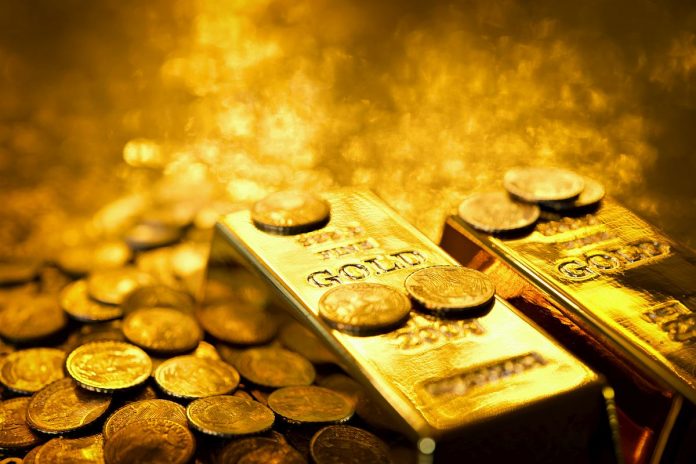The Gold Prices have fallen 5.7 Percent on Tuesday (11th August 2020). This is the sharpest decline in prices in the last seven years. Again, there was a further fall in the prices on Wednesday (12th August 2020). The fall was as low as $1863 an ounce, breaking the back of an extraordinary rally.
Earlier this month the metal had risen to a record of $2064 ounce and there was a long-term smash in the ceiling of around $1350 a troy ounce last June. Despite that, much of the last year’s bull run has been a long-overdue correction from depressed levels. Just as gold has not slipped below $1,000 an ounce since 2009, following a long recession for much of the decade, once the current uncertainty has cleared up, it is impossible to see $1,700 again on the southern side.
The low inflation rates of the past decade, at least until recently, have not been generous to the metal either. The better explanation is that gold represents a fairly consistent portion of the world ‘s liquid investment portfolio, and much of the recent price spike was merely a reversal to the mean. Adding the market capitalization of the world’s financial markets, the valuation of outstanding corporate debt, and the 42,619 metric tons of private investment gold, and the public is shy of $200 trillion in liquid investment assets. Over the past five years for which Bloomberg has aggregate bond financing data, gold accounted for a relatively stable share of this pile at around 1.09%, seldom dropping below 1% or above 1.2%. That is similar to the sort of allocations that would be recommended for gold by many money managers.
Even if players on the $88 trillion stock market and $108 trillion bond market make a small change to metal, there will be a drastic effect of those funds crowding into the $2.8 trillion private investment gold room. It is the case that gold, as with any investment in the grasp of speculative momentum, defies gravity at the present stage. Since 2015, the liquid asset pile has risen by around 6 percent a year, and incremental demand for gold approaches an estimated 1.250 metric tons or so annually.
When the distribution of gold falls to its long-term average of 1.09 percent from the present 1.38 percent share, you would expect to see fair value in this and next year’s $1,600 range rising to $1,800 by the middle of the decade. Gold may still fall from its current heights, but we can hope that it doesn’t fall much any further.

